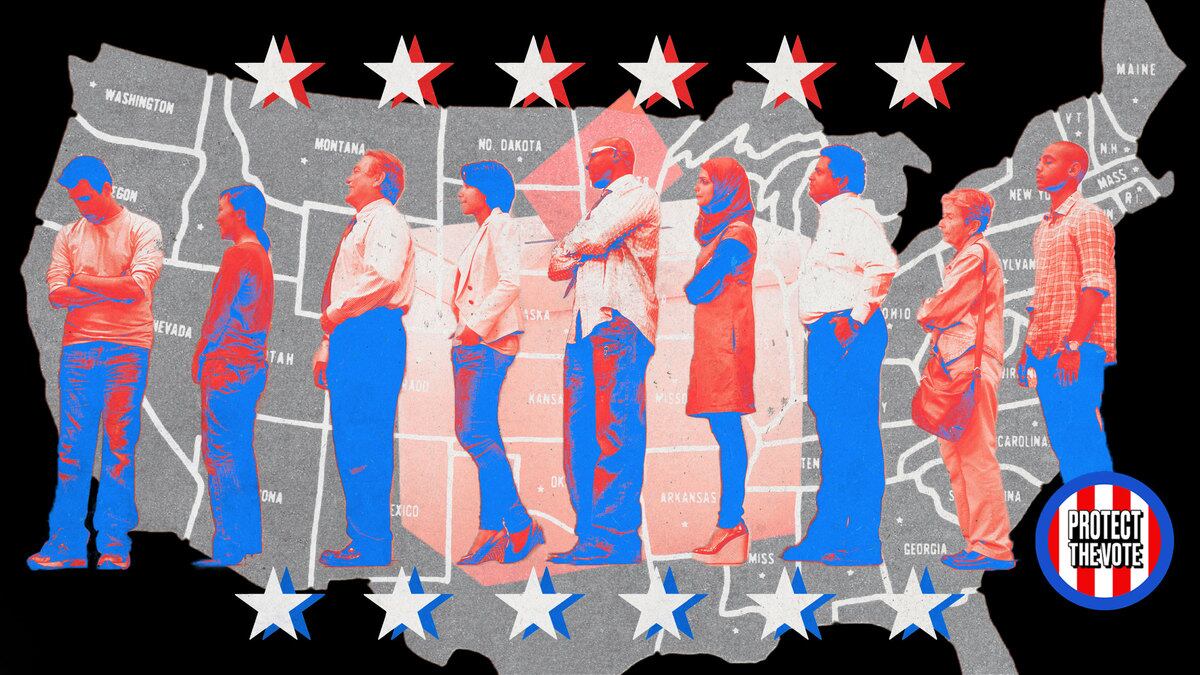Opinion
Photo Illustration by Luis G. Rendon/The Daily Beast/Getty
To Save Democracy, We Need Truly Automatic Voter Registration
MAKE IT AUTOMATIC
It shouldn’t be such a pain in the ass to register to vote. But if Congress isn’t going to pass reforms, states need to do it themselves.
opinion

Trending Now






